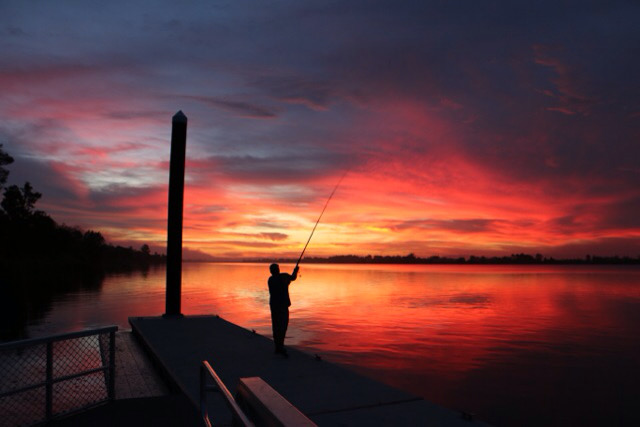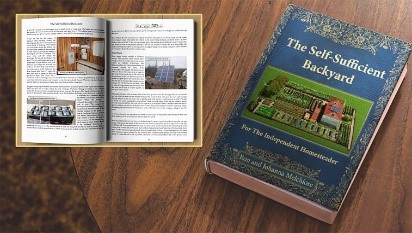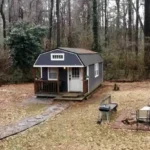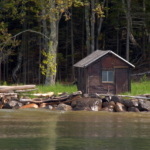Off-grid living, which refers to living without access to public utilities such as electricity, water, and gas, can offer numerous benefits.
Live off grid and enjoy:

- Self Sufficiency: Off-grid living encourages self-sufficiency, which means you become less reliant on outside sources for your needs. By generating your own power, growing your own food, and relying on natural resources, you become more self-reliant and independent.
- Cost savings: Living off-grid can result in significant cost savings. With no utility bills to pay, you can save thousands of dollars each year. You can also reduce your living expenses by growing your own food and using natural sources for your energy needs.
- Environmental benefits: Off-grid living is also environmentally friendly. By generating your own power through solar panels or wind turbines, you reduce your carbon footprint and help reduce pollution. Additionally, off-grid living encourages sustainable practices such as composting and rainwater harvesting, which can have a positive impact on the environment.
- Increased freedom: Off-grid living offers more freedom and flexibility. Without being tied to the grid, you can live wherever you want, without worrying about the availability of public utilities. You can also design your home and lifestyle to meet your specific needs and preferences.
- Enhanced quality of life: Living off-grid can provide a simpler, more peaceful lifestyle. You can connect more with nature, and you can reduce the noise and pollution associated with urban living. Off-grid living can also promote a healthier lifestyle, with more opportunities for exercise and outdoor activities.
Overall, off-grid living can offer numerous benefits, including self-sufficiency, cost savings, environmental benefits, increased freedom, and enhanced quality of life.
Self-sufficient living, also known as homesteading or off-grid living, refers to a lifestyle where individuals or families strive to produce their own food, water, and energy, and rely as little as possible on external sources.
The couple featured in the article below made a self sufficient lifestyle on just a quarter acre






